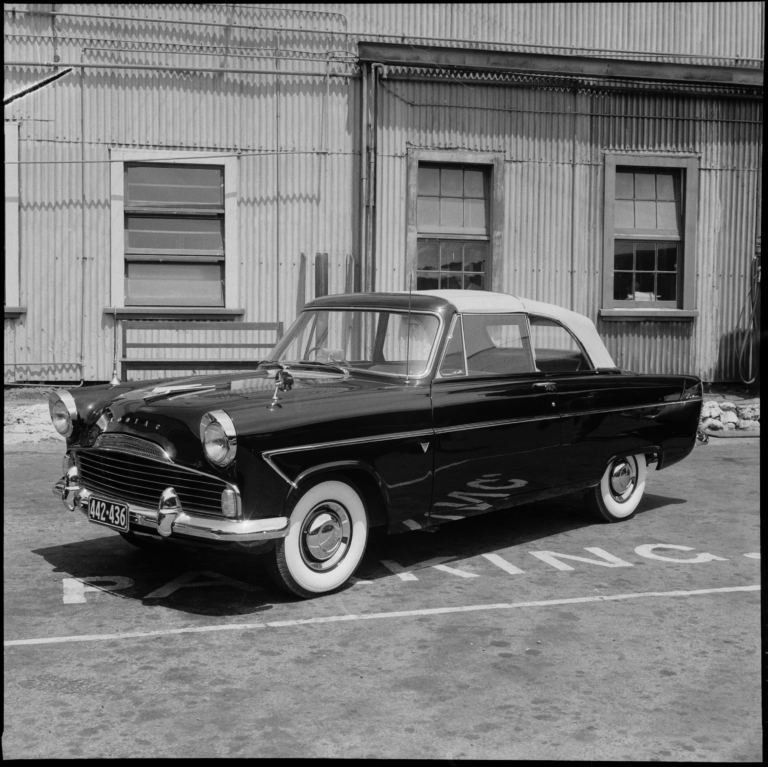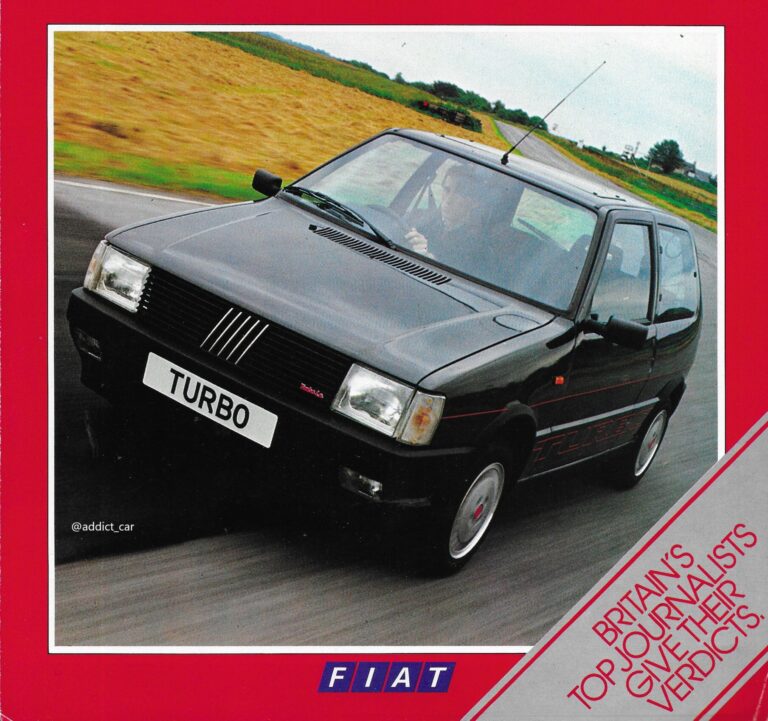
In a shock announcement to Ford, and V8 Supercars fans alike, reports surfaced over Bathurst weekend that Ford Australia were set to quit V8 Supercars.
The reports concerned speculation that Ford Australia was looking to exit the sport once its contract with Ford Performance Racing (FPR) expired at the end of the year. The announcement follows the demise of the Falcon as we know it — the new Falcon FG X is the final Aussie Falcon to go on sale before Ford Australia shuts its local assembly facilities down by October 2016.
This could mark the beginning of the end of the Ford badge in the V8 Supercars event. Ford Australia’s impending switch to importer status means their entire business model is under review, including investment and participation in motorsport.
“We are working with the teams now and any announcements we have will be after the season is over,” says Ford Australia’s president, Bob Graziano, adding to the speculative nature of the reports.
The report put a bit of a damper on the weekend which was a high point for Ford fans, with Chaz Mostert and Paul Morris taking pole at the Bathurst 1000 event in their Pepsi Max Falcon, racing for the factory-backed FPR team.
Regardless of what camp you sit in, you can’t deny that it would be a dark day in Australian motorsport if Ford were to pull out — here’s hoping that we’ll see the legendary Ford versus Holden rivalry continue for many years to come.


